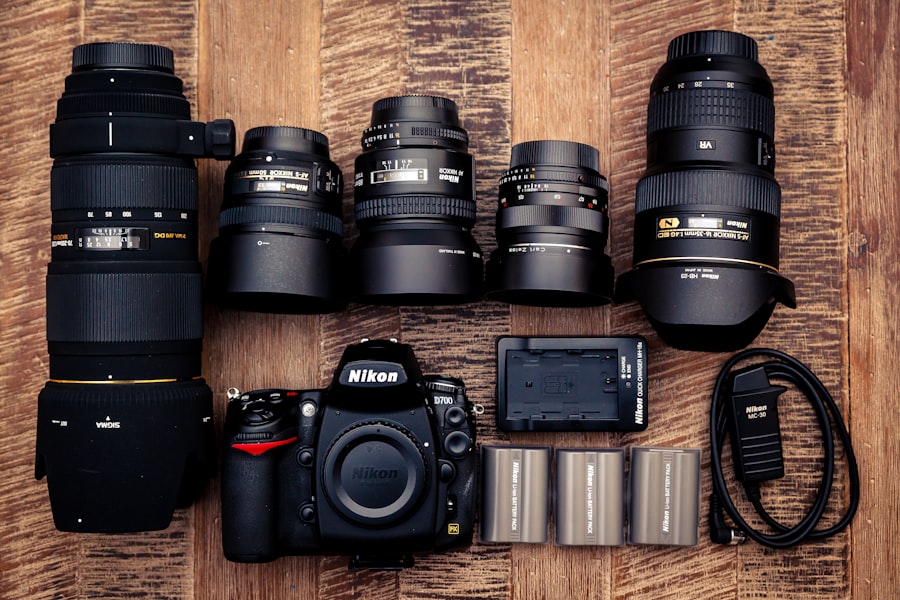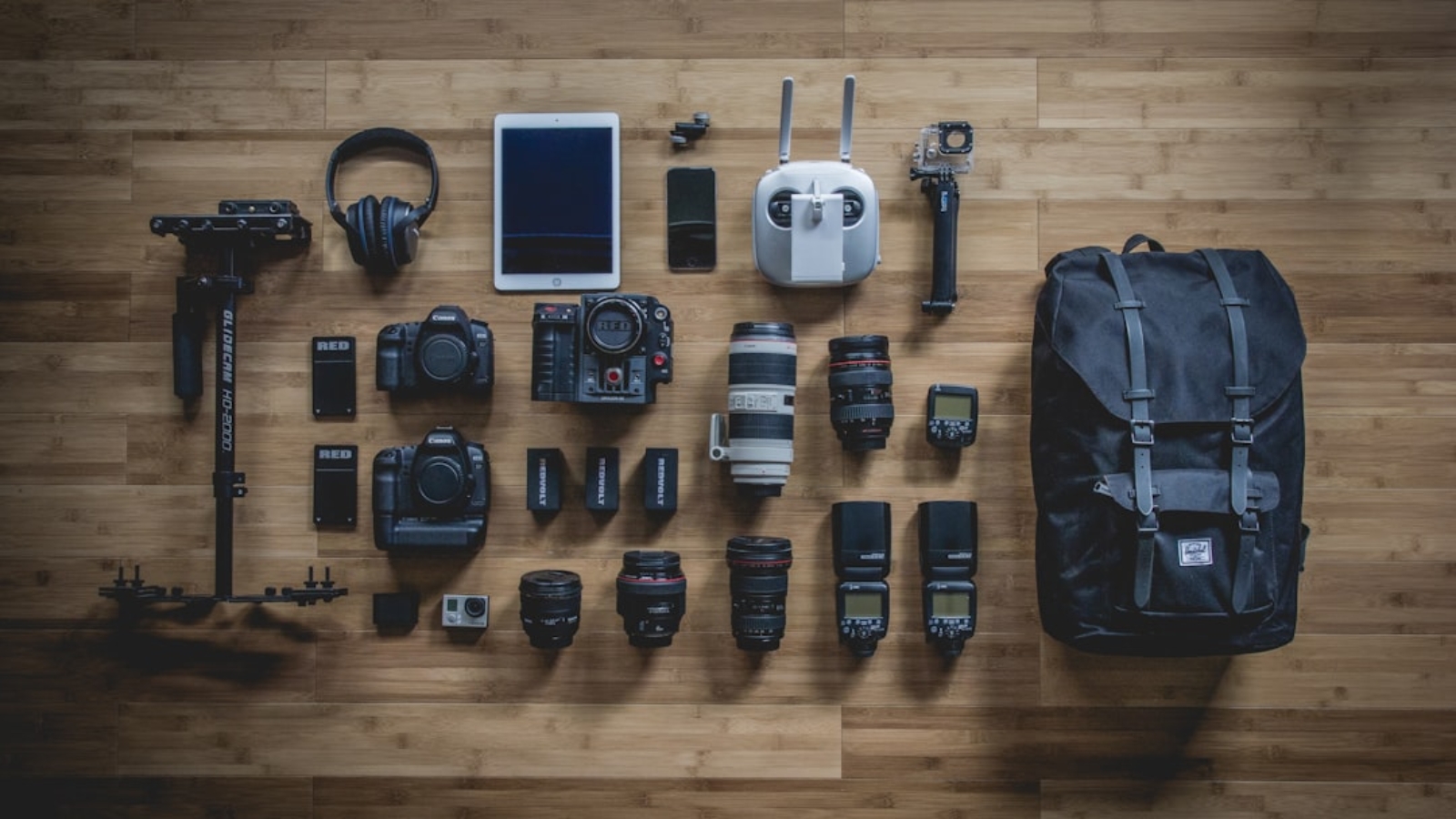When embarking on any project, the first step we must take is to thoroughly understand our client’s needs. This foundational phase is crucial, as it sets the tone for the entire endeavor. We begin by engaging in open dialogue with our clients, asking probing questions that help us uncover their vision, goals, and expectations.
By actively listening to their responses, we can gain insights into their preferences and the specific outcomes they desire. This process not only helps us align our creative direction with their objectives but also fosters a sense of trust and collaboration. Moreover, we recognize that each client is unique, with distinct requirements that may vary significantly from one project to another.
Therefore, we take the time to delve deeper into their brand identity, target audience, and any previous work they admire or wish to emulate. This comprehensive understanding allows us to tailor our approach, ensuring that we deliver a final product that resonates with their audience and fulfills their aspirations. By prioritizing this initial phase of understanding, we lay a solid foundation for a successful partnership and a project that meets or exceeds expectations.
Key Takeaways
- Understanding the client’s needs is crucial for delivering a successful photography project.
- A comprehensive equipment and gear checklist ensures that you are prepared for any situation during the shoot.
- Location and venue logistics play a key role in the overall success of the photography project.
- Considering weather and lighting conditions is essential for capturing high-quality images.
- Creating a detailed shot list and establishing a clear creative direction is important for meeting the client’s expectations.
Equipment and Gear Checklist
Once we have a clear grasp of our client’s needs, we turn our attention to the equipment and gear checklist. This step is essential in ensuring that we are fully prepared for the shoot. We meticulously compile a list of all necessary equipment, including cameras, lenses, lighting gear, audio equipment, and any specialized tools that may be required for the project.
By being thorough in our preparation, we minimize the risk of forgetting crucial items that could hinder our ability to capture the desired shots. In addition to the standard gear, we also consider backup equipment. We understand that technology can be unpredictable, and having spare batteries, memory cards, and even an extra camera can save us from potential setbacks during the shoot.
Furthermore, we assess the specific requirements of the location and the nature of the project to determine if any additional gear is needed. By being proactive in our planning, we can focus on creativity and execution during the shoot rather than scrambling to address unforeseen issues.
Location and Venue Logistics

With our equipment checklist in hand, we shift our focus to location and venue logistics. The choice of location plays a pivotal role in shaping the overall aesthetic and mood of the project. We conduct thorough research to identify potential venues that align with our client’s vision while also considering practical aspects such as accessibility, permits, and any restrictions that may apply.
By visiting these locations in advance, we can assess lighting conditions, spatial dynamics, and any unique features that could enhance our storytelling. In addition to scouting locations, we also coordinate logistics related to transportation and setup. We create a detailed plan outlining how we will transport our gear to the venue, including any necessary permits or permissions required for filming.
We also establish a timeline for setup and breakdown to ensure that everything runs smoothly on the day of the shoot. By meticulously planning these logistics, we can minimize stress and maximize efficiency, allowing us to focus on capturing stunning visuals that align with our client’s vision.
Weather and Lighting Considerations
As we prepare for the shoot, we cannot overlook the impact of weather and lighting on our final product. Weather conditions can significantly influence both the mood of our shots and the technical aspects of our equipment. Therefore, we closely monitor weather forecasts leading up to the shoot day.
If inclement weather is predicted, we may need to adjust our plans or even consider alternative indoor locations to ensure that we can still achieve the desired results. Lighting is another critical factor that requires careful consideration. We understand that natural light can change rapidly throughout the day, so we plan our shooting schedule accordingly.
By identifying optimal times for shooting based on the position of the sun and potential shadows, we can enhance the quality of our images. Additionally, if artificial lighting is necessary, we ensure that we have the right equipment on hand to create the desired ambiance. By being proactive about weather and lighting considerations, we can adapt our approach as needed and maintain a high standard of quality in our work.
Shot List and Creative Direction
With all logistical elements in place, we turn our attention to developing a comprehensive shot list and creative direction for the project. This step is vital in ensuring that we capture all necessary footage while also allowing for creative exploration during the shoot. We collaborate closely with our client to outline key shots that align with their vision while also incorporating our artistic input.
By creating a detailed shot list, we can maintain focus during the shoot and ensure that no essential elements are overlooked. In addition to the shot list, we also discuss creative direction with our team. This includes considerations such as framing, composition, and overall visual style.
We explore various techniques that could enhance storytelling, such as using different angles or incorporating movement into our shots. By fostering an environment of collaboration and creativity among our team members, we can generate innovative ideas that elevate the final product beyond our client’s expectations.
Contract and Legal Considerations

As we move forward with planning, it is imperative that we address contract and legal considerations. A well-drafted contract serves as a safeguard for both parties involved in the project. It outlines expectations regarding deliverables, timelines, payment terms, and any other pertinent details that could arise during production.
By establishing clear agreements upfront, we can mitigate misunderstandings and ensure a smoother workflow throughout the project. Additionally, we must consider any legal requirements related to filming at specific locations or involving certain subjects. This may include obtaining permits for public spaces or securing model releases from individuals featured in our work.
By proactively addressing these legal aspects, we protect ourselves from potential liabilities while also demonstrating professionalism to our clients. Ultimately, having a solid legal framework in place allows us to focus on creativity without being hindered by unforeseen complications.
Backup and Contingency Plans
Despite meticulous planning, unforeseen circumstances can arise during any project. Therefore, it is essential for us to develop backup and contingency plans to address potential challenges effectively. We begin by identifying possible risks associated with the shoot—such as equipment failure, adverse weather conditions, or scheduling conflicts—and strategizing how we will respond if these issues occur.
For instance, having backup equipment readily available ensures that we can continue shooting even if something malfunctions unexpectedly. Additionally, if weather conditions become unfavorable on the day of filming, having alternative indoor locations or rescheduling options allows us to adapt without compromising quality. By preparing for contingencies in advance, we instill confidence in ourselves and our clients that we can navigate challenges while still delivering exceptional results.
Post-Production and Delivery Timeline
As we wrap up production, our focus shifts toward post-production and establishing a delivery timeline for the final product. This phase is where all of our hard work comes together as we edit footage, enhance audio quality, and apply any necessary visual effects or color grading. We collaborate closely with our team during this process to ensure that the final product aligns with both our creative vision and our client’s expectations.
Establishing a clear delivery timeline is crucial in managing client expectations regarding when they can expect to receive their final product. We communicate openly about each stage of post-production—whether it involves rough cuts for client review or final adjustments based on feedback—to keep everyone informed throughout the process. By maintaining transparency and adhering to agreed-upon timelines, we foster trust with our clients while ensuring they receive a polished final product that meets their needs.
In conclusion, navigating a successful project requires careful consideration of various elements—from understanding client needs to managing logistics and post-production timelines. By prioritizing communication and collaboration at every stage of the process, we can create exceptional work that not only fulfills client expectations but also showcases our creativity and expertise as professionals in our field.
If you are interested in sports photography, you may also want to check out the article on Cricket Portraits and Photography. This article provides valuable insights and tips on capturing stunning cricket portraits and action shots. It complements The Ultimate Sports Photography Booking System Checklist by offering specific advice tailored to the unique challenges and opportunities presented by cricket photography. Be sure to visit { lazyloadBackgroundObserver.observe( lazyloadBackground ); } ); }; const events = [ 'DOMContentLoaded', 'elementor/lazyload/observe', ]; events.forEach( ( event ) => { document.addEventListener( event, lazyloadRunObserver ); } );


